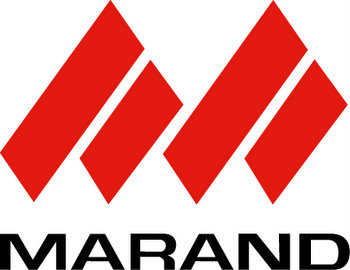Suzuka Dream Cup 2010 - Day 5
Pandasan Wakaba-Go Dream Factory

A great confusion of names and new teams greeted us when we reached the track at 7.45 AM. We thought we were early but already about 25 teams and their cars were lined up to start scrutineering. They included both Sky Ace TIGA from Japan and Nuna from the Netherlands.
Prior to getting in line, however, we had to install our primary battery pack, which had undergone a rebuild earlier in the week. Then, a minor drama occurred. Final checks indicated a small but time consuming wiring repair was still needed, so it took us a while to address the issue and join the line of teams waiting for the technical and safety checks.

At the formal registration stage we lodged official CAMS driver licences. Then, we received transponders that enable electronic lap time recording, picked up the official programs and event posters. Additionally, drivers Derrick and Andris had to complete the weigh-in procedure. The minimum driver weight for this event is 70 kg. Drivers weighing less require ballast to meet the requirement. Per this race's rules, a lighter, sub-70 kg weight driver's ballast must be carried even if the other driver is over 70 kg. Fortunately, both of Aurora 101's drivers weighed at or above 70 kg, so no ballast will be carried in the car during this race.
After a lengthy wait in line, we finally entered the main scrutineering area. Measurement of Aurora 101's overall weight had us curious. How would we compare with the other contenders? Very well, thank you! Aurora 101 weighed just 149 kg with the Suzuka specification battery installed. OSU was next at 150 kg, then TIGA at 159 kg and Nuna at 162 kg. In fact, Aurora 101 was the lightest car in the field.

Next up were a number of safety tests to be conducted outdoors. During the rear visibility test, Aurora 101's internal mirrors did the job. During the emergency brake test, Aurora 101 stopped from 35 km/h well within the 14 m requirement. Our only issue during scrutineering then came during the handbrake test and timed driver exit from the car. During the first try, the handbrake mechanism was difficult to engage properly, so the scrutineers asked us to re-run the test. After a minor mechanical adjustment, the handbrake engaged properly and Derrick got out of the car in just seven seconds, well within the rules.
Per the figure of eight scrutineering layout, a return to the official's garage was required to have the entire electrical system inspected and batteries sealed. No issues were found, so we were done!
At 2.30 we attended the first driver's briefing, of critical importance as there will be a total of 57 solar cars on the track at one time, which is many more than in previous years. This brought up many questions about passing protocols and the dreaded white line. We will have to see how it all goes tomorrow in the early morning practice session, the qualifying session and the first four hour race heat.

To cap off the day we were visited by Mr. Iwata, leader of the legendary 1990-1993 Honda Dream solar car team, and Mr. Chris Selwood, Event Director of the World Solar Challenge, prior to the 5.00 PM team briefing and subsequent dinner party hosted by the event organizers.
We are as ready to race as much as we will ever be.




